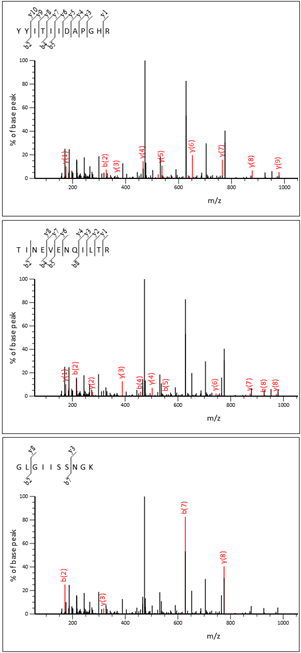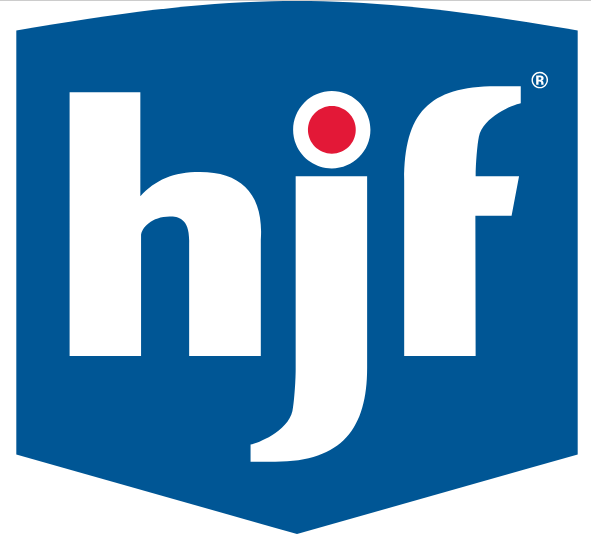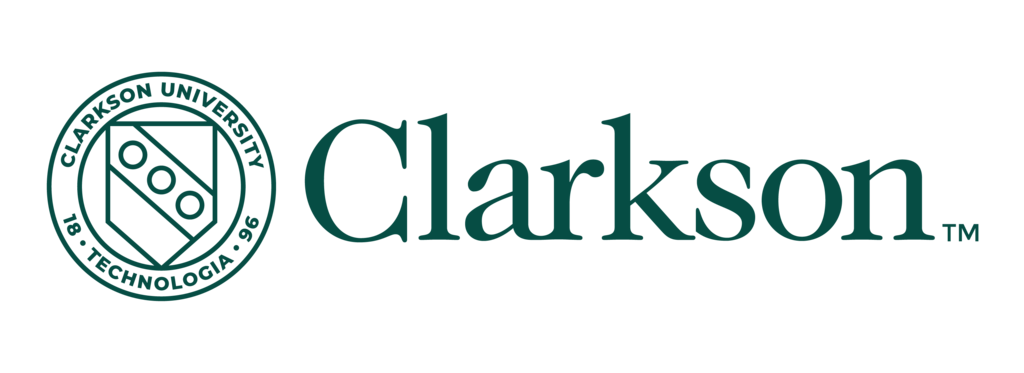|
To view this email as a web page, click here. |
|
|
|
Welcome
We enjoyed seeing many of you at the recent ASMS Conference in Baltimore, MD. A summary of our annual user meeting is below, including a preview of Mascot DIA.
We have included a selection of ASMS poster presentations that utilize Mascot for protein identification, quantitation, or characterization.
Matrix Science presented two posters at ASMS on using machine learning with label-free quantitation.
|
|
|
|
|
|
 |
|
Mascot: The trusted reference standard for protein identification by mass spectrometry for 25 years
|
Get a quote
|
 |
|
|
|
Annual User Meeting summary
|
|
|
We held a
breakfast meeting
with one guest talk and two presentations by Matrix Science.
Using MS2Rescore to boost identification rates in complex samples.
Tim Van Den Bossche (Ghent University/VIB-UGent Center for Medical Biotechnology)
described how MS2Rescore works and illustrated the benefits of rescoring using machine learning.
Mascot DIA: Universal spectrum-centric approach.
Ville Koskinen (Matrix Science Ltd) showed a preview of DIA support planned for the next release of Mascot Server and Mascot Distiller.
Mascot DIA: Thermo LFQ example.
Patrick Emery (Matrix Science Ltd) shared a preliminary analysis of a Thermo Orbitrap DIA project using the upcoming Mascot Server 3.2 (beta) and Mascot Distiller 3.0 (beta).
|

|
|
|
 |
|
|
|
Featured ASMS presentations using Mascot
Here are a few of the interesting ASMS presentations that utilize Mascot for protein identification, quantitation, or characterization. The conference had hundreds of posters each day so unfortunately we cannot include every Mascot poster here.
|
|
|
MP 282 Species identification of the DNA-degraded blood drop
in the complex matrices by nanoLC-MS/MS
Katarzyna Staniszewska, Malgorzata Hopcias, Paulina Kret, Piotr Suder
Aged microscopic blood traces on challenging materials can be successfully assigned taxonomically, even if DNA is completely degraded or contaminated.
|

|
|
TP 135 Quantitative Proteomics of Silva Patterns and the Tumor Microenvironment in Cervical Adenocarcinomas
Jonathan Ogata, Sarah M. Drayer, Sean Cronin, Jordyn Tumas, Saeid Movahedi-Lankarani, Tamara Abulez, Kelly A. Conrads, Brian L. Hood, Jordan Driscoll, Kathleen M. Darcy, Christopher M. Tarney, G. Larry Maxwell, Thomas P. Conrads, Nicholas W. Bateman, Neil T. Phippen
Quantitative proteomic analysis identifies tumor and stroma protein alterations unique to the aggressive Silva C pattern subtypes of cervical adenocarcinoma.
|


|
|
WP 675 Identification and quantification of 4-HNE-adducted proteins to study the metabolic disorders of the ALDH2 gene mutation
Fu-An Li, Ling Hui Wang
ALDH2 mutation impairs BAT function via 4-HNE adduction, causing reduced energy expenditure and diet-induced obesity, reversible by ALDH2 activators.
|

|
|
WP 176 Evaluation of antioxidant properties, untargeted metabolomics profiling and protein identification using Liquid Chromatography-Mass Spectrometry (LC-MS) across various Thai rice varieties
Jaruwan Chimasangkanan, Worakrit Saiyasombat, Wimonphan Chathiran, Pattaraporn Morasin, Warangkana Srichamnong
This study aims to explore the metabolomics profiles of both pigmented (red, purple and black) and colorless rice under germinated and non-germinated conditions. Additionally, the study evaluates antioxidant properties using FRAP, DPPH and the Total antioxidant kit, as well as the patterns of protein expression and protein identification in germinated rice.
|

|
|
ThP 097 Monitoring the estrogen-inducible proteins in Lake trout (Salvelinus namaycush) from Great Lakes upon exposure to environmental contaminants
Taniya Modhishika Jayaweera, Krishan S Weraduwage, Bernard Crimmins, Sujan Fernando, Thomas M Holsen, Costel C. Darie
A major goal of the current project is to monitor expression of specific liver proteins in lake trout (Salvelinus namaycush) and walleye (Sander vitreus), upon exposure to environmental contaminants (within the Great Lakes). There is no method for monitoring the effects of EDCs (estrogenic disrupting compounds) in fish; this will be the first one.
|

|
|
|
 |
|
|
|
Matrix Science poster presentations
|
|
|
Matrix Science presented two posters at the ASMS poster session.
The PDFs are free to download
from our website.
TP 505: Customizable machine learning adapter improves LFQ in Mascot Distiller.
Label-free quantitation in Mascot Distiller can now refine results with machine learning.
The workflow is illustrated using a benchmark DDA LFQ data set.
ThP 265: Machine learning-enabled Mascot Server API improves LFQ in client software like Thermo Proteome Discoverer.
Mascot Server can export refined results to other software packages, such as Thermo Proteome Discoverer.
The accuracy and precision of label-free quantitation are stable under machine learning, while the number of quantified proteins increases substantially.
|
 |
|
|
 |
|
|
|
About Matrix Science
Matrix Science is a provider of bioinformatics tools to proteomics researchers and scientists, enabling the rapid, confident identification and quantitation of proteins. Mascot continues to be cited by over 2000 publications every year. Our software products fully support data from mass spectrometry instruments made by Agilent, Bruker, Sciex, Shimadzu, Thermo Scientific, and Waters.
Get a quote
|

|
|
You can also contact us or one of our marketing partners for more information on how you can power your proteomics with Mascot.
|





|
|
|
|
|